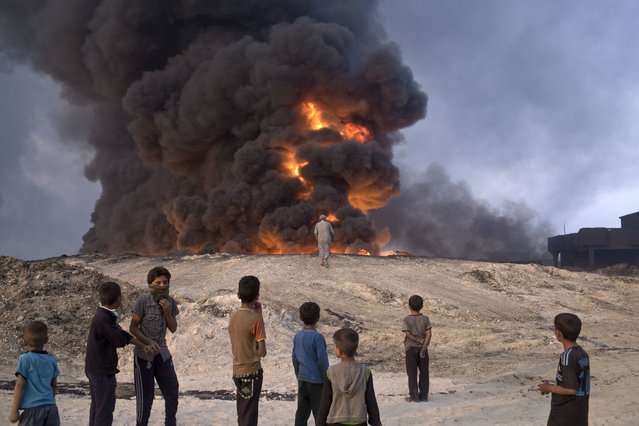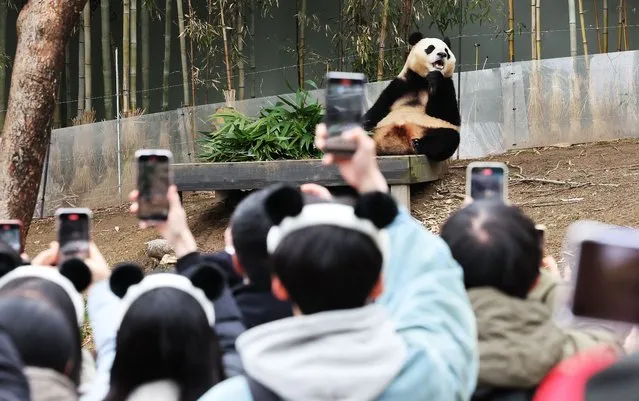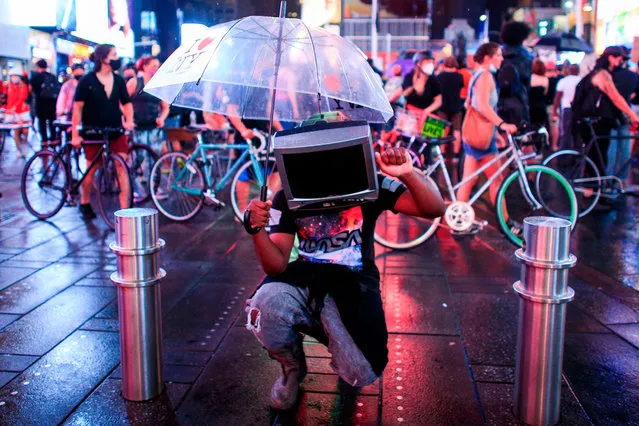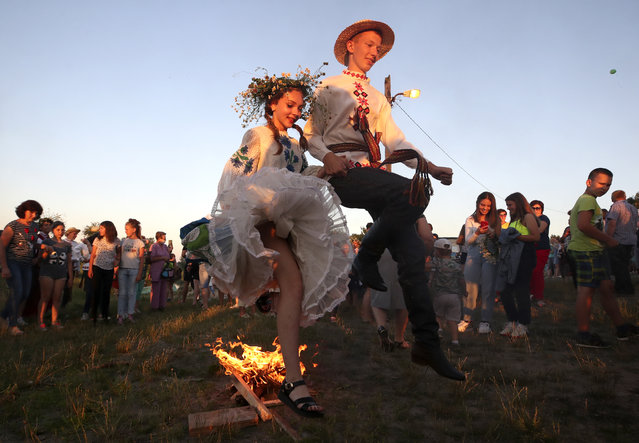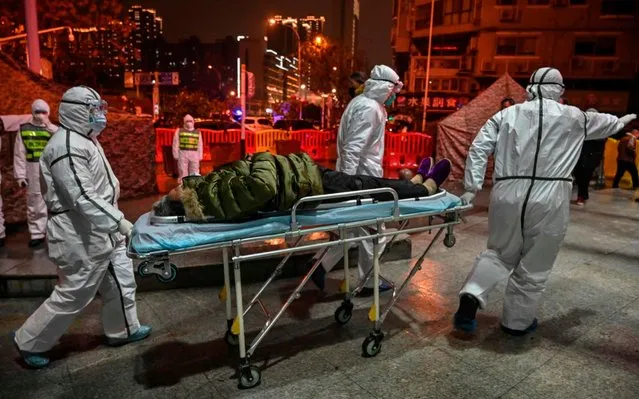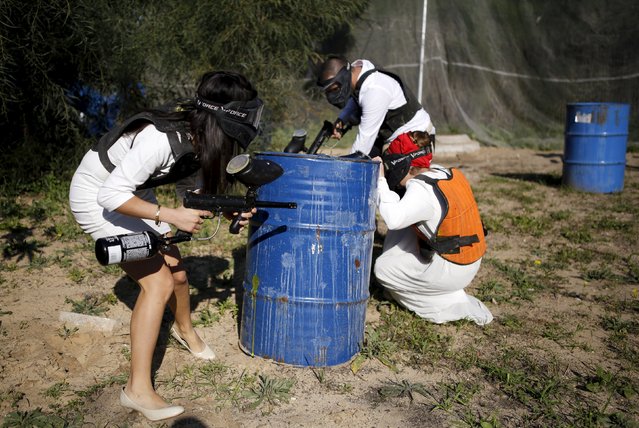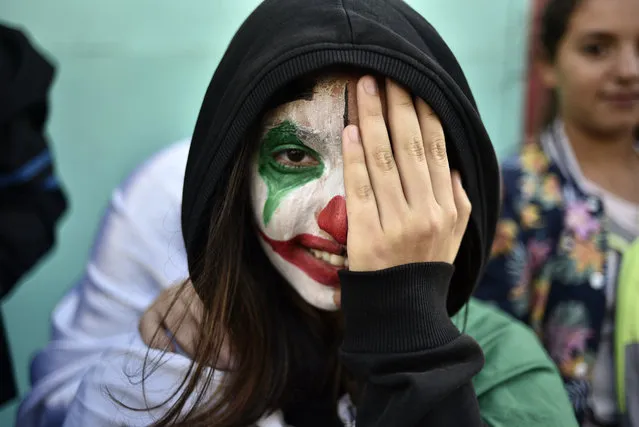
An Algerian demonstrator wearing face paint in the colours of the national flag takes part in an anti-government demonstration in the capital Algiers on November 1, 2019. Demonstrators converged on Algiers in their thousands for a massive anti-government rally called to coincide with official celebrations of the anniversary of the war that won Algeria's independence from France. (Photo by Ryad Kramdi/AFP Photo)
03 Nov 2019 00:07:00,post received
0 comments


